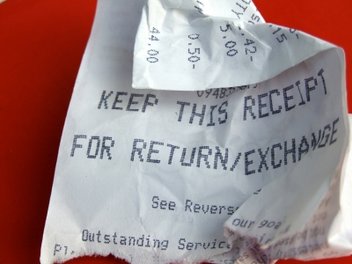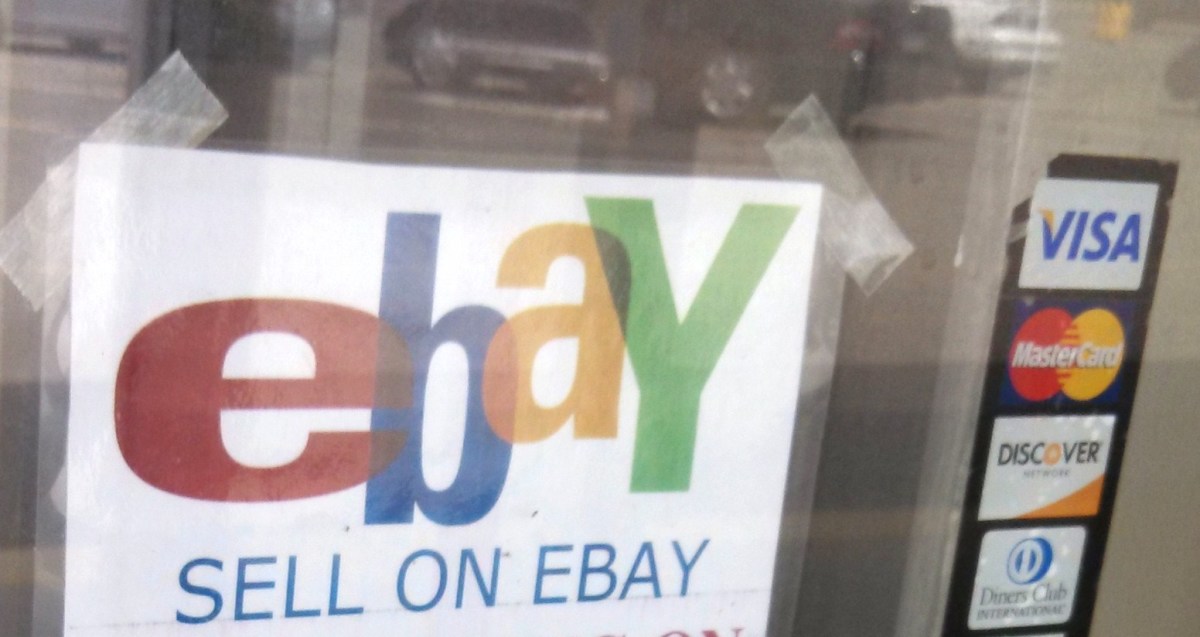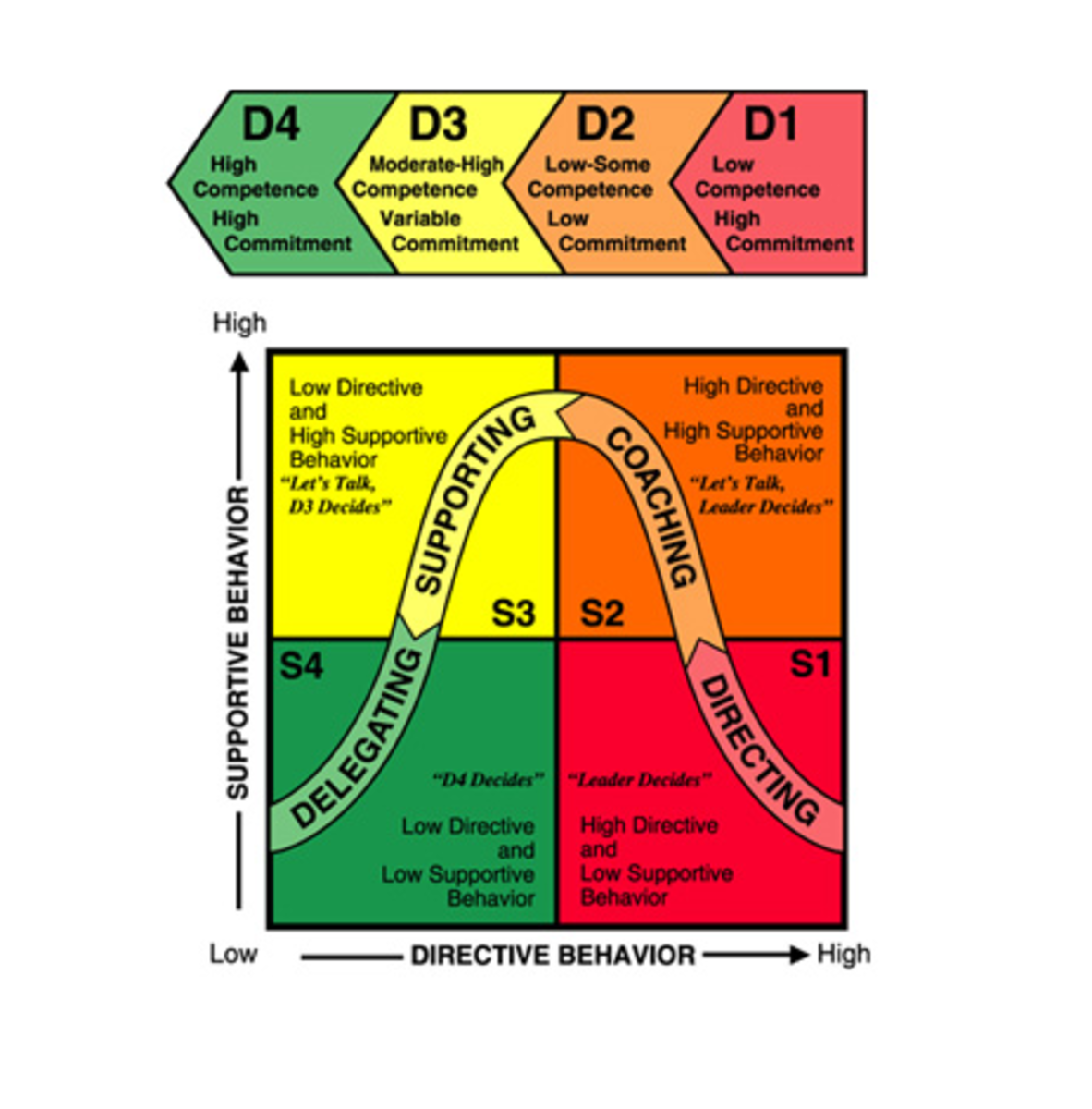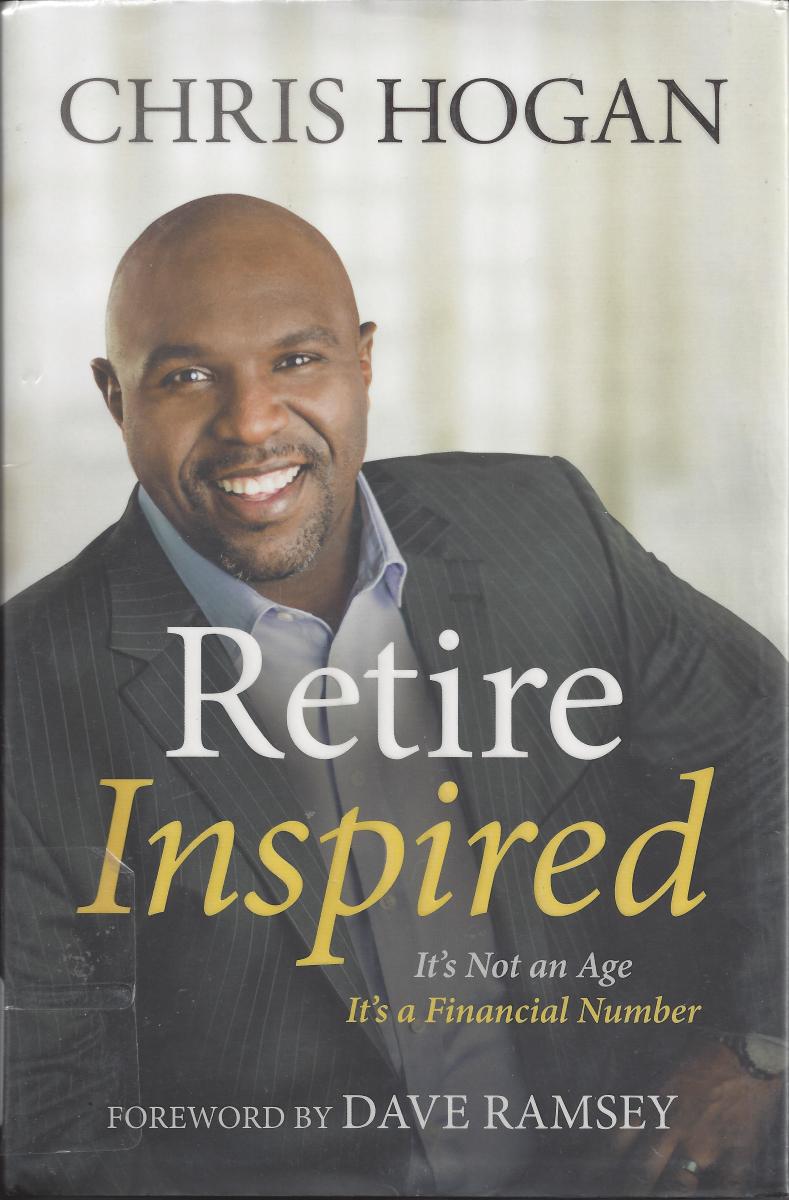The Ultimate Guide to Creating Making a STORE RETURN POLICY

If you are reading this article it is likely because you have either just ran into a problem or you are trying to avoid potential problems. Either way, creating a solid Return Policy is very important.
Although it may seem like a simple thing to do, creating a Return Policy needs to be thoroughly thought through.
PART 1: The Different Entities Requiring Returns
There is no “Master Return Policy” that will cover every kind of store entity. For example, an online eCommerce store will need a modified version that includes considerations like Shipping Costs whereas a brick – and – mortar store will need considerations for items “breaking” whereas a Trade Show may not offer returns.
PART 2: Laying Out the Basics For Store Returns
Before you can begin designing your store return policy you need to reflect on your products and the reasons for which they would be returned.
GIFTS – One of the biggest returns is GIFT PURCHASES. People simply do not like the gift (or it doesn’t fit, if applicable). In my brick-and-mortar store I try to encourage people looking to give a gift to purchase a Gift Card.

A Gift Card always results in a happy end-purchase. However, many people feel a gift card is not personal enough and they want to purchase an actual item. When the item isn’t liked by the recipient, it results in a return. There isn’t much you can do about this unless you opt to NOT accept returns, period. However, the refusal to accept returns of any kind can result in a loss of business. Ask yourself, have you ever returned an item that didn’t fit or that you couldn’t use? Most likely you have, I know I have. I’d be pretty unhappy if I was stuck with a fancy cell phone case to the wrong make/model of phone or a shirt that was a size to large and unwearable.
For Brick-and-Mortar stores, accepting returns is common, but you need to set criteria. For example, we only accept returns within 30 days of purchase. The buyer MUST have the receipt and the item must be as-purchased, meaning the tags have not been removed or the item has not been taken out of its packaging. This brings us to the second thing to consider…
WORN / USED RETURNS
When tags have been removed or the item has been taken out of the packaging, as a store, you need to be skeptical if the item has been used.
“Wardrobing” is very common in the “fashion industry”. Wardrobing is a term used to describe an item that has been worn one time then the buyer wishes to return it.

These kinds of fraudulent returns result in massive loss for companies. The worn item is unsellable due to smelling like perfume / cologne, cigarette smoke, pets or typical skin odor. The item then becomes scrap for no reason.
Ways to prevent Wardrobing include forcing the buyer to return the item with TAGS ATTACHED and also stating in your return policy “UNWORN, UNWASHED”.
"BROKEN" or "DEFECTIVE" RETURNS
Another issue in terms of WORN Returns or USED Returns is alleged defective products. This is another major thing to think about, regardless of your industry. In my store, every few months there is a customer wishing to make a return of a product they have used for months. The product then “breaks” in some way; i.e: a rhinestone falls off a shirt after several washes, the lining of a purse begins to fray after months of use or the pump on a body mist stops working after half of the bottle has been used. Who is responsible for this? If you wish to indefinitely replace all products that go faulty, you will fail quickly because nothing lasts forever.
On several occasions, I have had buyers want to return an item that has been “loved to death” and ultimately, due to à “wear and tear” ß it “breaks”, unfortunately, we do not honor any of these returns, NOTE THE KEYWORDS “WEAR AND TEAR” (Wear and tear is damage that naturally and inevitably occurs as a result of normal wear or aging). As a store, we have no control over how a buyer cares for an item (nor the manufacturing of items that are not our own brand, and even items that ARE our own brand, we do not “make” fasteners, buckles, rhinestones, etc.)

Once a buyer purchases an item, they can physically handle the item how they choose; a purse can be filled with more weight than it can handle, thus causing a strap to break, a buyer could wear a bracelet while swimming in the ocean, thus causing a stone to fall out or (true story:) a buyer can leave a pair of expensive high heels laying out on their floor and their dog could maul one of the shoes… REGARDLESS, as a store, we cannot incur the loss to replace these items.
What you can choose to do is to offer the buyer a discount on the purchase of another replacement item, IF YOU WANT. I would not suggest “advertising” this offer in your return policy.
On the other hand, in some cases you may be able to fix a damaged item. I have found that many times a customer is, perhaps, “lazy”? For example, if a stitch comes out of a top, instead of the customer easily mending it, they will want to return it. Even though the item is well past the Return Policy period of 30 Days, how hard is it for you to stitch it quickly? Not hard at all. 4 minutes of your time to keep a customer happy and coming back is well worth it. Same with things like a rhinestone falling off; keep glue and stones on hand if you sell a lot of items of this nature. If you sell items that parts may need replacement on, consider carrying replacement parts and selling them (or replacing them for free if the fix is dirt cheap and easy).
RETURNS PAST STORE POLICY DURATION
It happens all the time. Despite having the Return Policy in giant letters on the register and the same Return Policy printed on the receipt, customers still attempt to return items that are 60, 90 or more days old. The problem this creates is that, every time items are sold, new merchandise is ordered to replace the sold product. When 3 months elapses and then the item(s) that were sold make their way back to the store they can be outdated, off-season or completely unwanted by the store. An example of this would be someone who purchases an old model of a cell phone case off your clearance rack then decides to return it a half year later.
Typically, the best thing to do is simply show the customer the Return Policies.
Unfortunately, customers have become conditioned to try to get the results that want by throwing tantrums, threatening to call the BBB or the news or file a credit card dispute. 99% of the time the customer is just “full of hot air”.
On the other hand, if the item is something you have stocked on shelves and can sell quickly, why not offer an EXCHANGE ONLY or store credit towards a future purchase in the form of a Gift Card? Now the customer can get something they want and you can easily put the item back out; both parties are happy and nobody is truly “damaged”.
Please Take Our Poll Then Continue Reading
How Long Should a RETURN POLICY DURATION Be?
PART 3: THE IMPORTANCE OF RECEIPTS
Even if you are a small store that hand-writes receipts, you really SHOULD require a receipt for a return for several reasons:
- It prevents theft… for the most part. In physical store locations, a scrupulous customer can purchase one hairband, pay for it then steal a second one and return the second one for cash. But that is part of the risk you run as a business owner and equally a reason to have quality Security Cameras and Tags.
- You need to see if COUPONS / DISCOUNTS were given. Here’s two examples of this – first, let’s say you allow employees to give 20% off if a customer purchases a defective item such as the customer wants a pair of boots and there is a small scuff on one heel. Instead of paying $100 for the boots, the customer paid $80. Without a receipt, it’s possible the customer can easily get a free $20 back.
Second, if your store offers coupons, such as “30% off One Item”, the customer could buy the $100 pair of boots and only pay $70.
DO NOT TAKE THEIR WORD FOR IT. I have heard so many times “I don’t have my receipt, but I paid full price” – Nope. I’m not accepting the return. Then, when the customer finds their receipt, I discover they did NOT pay full price.
Another common tactic is for the customer to tell you or the employee they don’t have their receipt but for you to “look it up in the computer” – Nope. I’m not spending my time looking up a transaction from… who knows when. It is also not worth my employees time to do so. Instead, the customer can spend THEIR TIME looking for their receipt.
If the customer is the kind to throw a complete tantrum, ask them to bring in a bank statement / credit card statement. If they say they paid in cash, revert back to “then you will need to bring in the receipt”. If the customer states they did not get a receipt, go back to “you can bring in a bank statement”.

THINGS YOUR STORE RETURN POLICY SHOULD INCLUDE
- “Unworn, Unwashed, Unused, Unopened merchandise”
- A time duration for return
- When exchanges are acceptable. We currently offer exchange on items that are “defective” within 7 days of purchase. This means if the handle on the purse breaks the day after it is purchased, we will incur the loss. (The purse SHOULD still be in like-new condition at this point and can likely be mended and sold on eBay as a “store return”, which will help pad the loss). BUT we only offer EXCHANGE, so the customer cannot “wardrobe” the item then intentionally break it to get their money back.
- Must have Receipt!
- Any items that NO RETURNS are accepted on, such as makeup, lingerie or certain electronics.
- Any restocking fees. (We do not charge restocking fees for in-store purchases but we do charge them for online purchases because there is substantial time / money required to add the item back into inventory, reverse the transaction, reshelf the item, etc). A 20% restocking fee is standard.
- If applicable, Shipping: who pays for return shipping? (we require the buyer to pay return shipping)
- If applicable, Insurance / Damage. (This is a HUGE one for eCommerce stores. Make sure you offer insurance and clearly advertise that if insurance is not purchased the item is not responsibility of your store. Over the years, packages have gotten lost in the mail, delivered to the wrong place, delivered to the correct place and allegedly “disappeared”, been manhandled by the mail carrier, etc. If the buyer doesn’t wish to insure their purchase, they are S.O.L.
In one case, we shipped a gorgeous tiffany-style lamp. It was secured in between two form-fitting foam panels. Somehow, when it arrived at the customers home, it looked like a harpoon had went completely through the box; a giant metal hole going in one side, breaking completely through the foam, the lamp, the foam then the opposing side of the box. Although this was not our fault, the buyer chose not to insure their purchase and us taking a $50 hit on the cost of uninsured lamp #1 then paying another $50 plus $20 shipping to send a second lamp doesn’t make sense. We advised them to speak to the post office.)
IN CLOSING....
Your store return policy needs to be clearly written (easily understandable. Avoid “lawyer speak” or writing a “college essay”. If people can’t understand your Return Policy or if they interpret it incorrectly, you may end up on the hook.
I keep mine right to the point for my brick – and – mortar store. My online return policy is more complex because there’s more aspects that go into it.
I recommend, after you write your policy, think through different situations and make sure your policy answers them. Ask a friend or family member to check it out. See if they have any questions. If they have questions, its time to revise.
Keep in mind, you can always change your policy as needed, just make sure that you are able to “grandfather – in” the people who made purchases under the prior policy.
Check Out My Other Content
- www.PersonnelConcepts.com Employee Law Poster SCAM
EMPLOYERS: The ALERT: Federal Labor Law Notice from Personnel Concepts Compliance Service Department letter is a SCAM. Please read this article before taking action! - How to Stop Credit Card Chargeback Fraud Scams
As a business, having a bogus / fraudulent credit card chargeback filed against you is awful, but I have found numerous ways to help prevent chargebacks from happening. - What to Do if Yahoo Email Has Been Hacked
How to tell if your email has been - How to Make the Most Money HubPages.com Complete Gui...
The stuff nobody else will tell you! How to create Content that Makes Money: Secrets, Tips and Tricks. This Guide will give you all the info you need to be a SUCCESSFUL online author! - Airport Parking Car Break Ins Robberies Stolen Regis...
Before you consider using Airport Parking for your vehicle, think again! Thieves are targeting airport parking to rob more than just your vehicle! Learn how you can protect yourself and your assets! - How to Stop and Report Facebook Harassment Stalking
Cyber Bullying is everywhere; from Google Voice to Twitter to Facebook - learn how to identify Facebook harassment and report it. Harassment is not legal and you do not have to take it! - CHASE Bank Account Hacked: Banking Fraud
It happens when you least expect it - a sudden withdrawal or charge that you have no knowledge of. It can quickly become the scariest moment of your life - OR it could all be a scam. READ THIS FIRST! - Alternatives to Small Claims Court: How to Solve a P...
From identity theft to neighbor disputes, arguments over money, harassment, slander, defamation, libel and even business wrong-doings; learn if you have a good case and alternatives to Small Claims - How to Create a Playlist for a Party or Work
Whether you are looking to create a playlist for a party or for a function (such as a business), there are numerous things to consider before you push PLAY - Harassment Getting Harassing Text Messages? How to R...
Harassing text messages come in many forms; from an angry / emotional individual to non-stop harassment from a business in the form of Text Spam. Learn how to solve your SMS Harassment - Should Small Business Advertise in the Yellow Pages ...
Is advertising in the Yellow Pages a good investment for your business? Who reads the Yellow Pages? What is the cost of advertising and is it worth the money?









